Attempting new veggie garden
gardenerwannabe6
16 years ago
Related Stories

HOUZZ TVHouzz TV: How to Make and Plant a Veggie Box
See how to start edibles from seed, then transfer the seedlings to a box on stilts to make harvesting more fun
Full Story
FARM YOUR YARDHow to Build a Raised Bed for Your Veggies and Plants
Whether you’re farming your parking strip or beautifying your backyard, a planting box you make yourself can come in mighty handy
Full Story
EDIBLE GARDENSHow to Grow Your Own Sweet Summer Crops
This guide will help any gardener get started on growing the freshest warm-season veggies and berries for summer
Full Story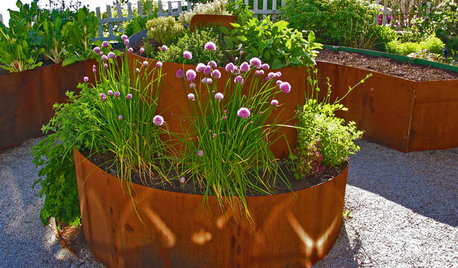
URBAN GARDENSContainers Make Growing Edibles a Cinch
If life hands you a lack of land, grow lemons — with a few basics, you can proudly reap the fruits, veggies and herbs of your labor
Full Story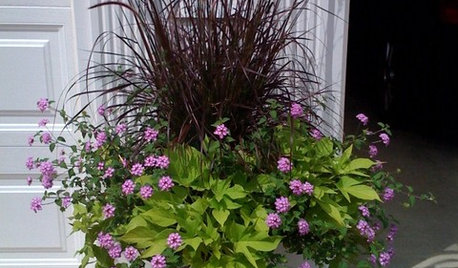
GARDENING GUIDESCalifornia Gardener's August Checklist
Share the veggie wealth, help plants sip smartly and don't forget to enjoy the simple pleasure of relaxing in your garden
Full Story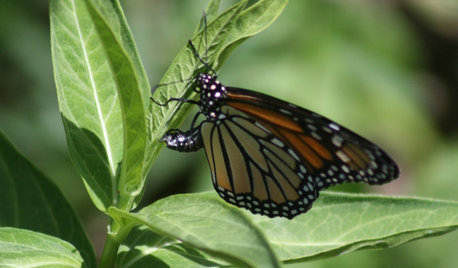
CENTRAL PLAINS GARDENINGCentral Plains Gardener's May Checklist
Set out flowering shrubs for spectacular blooms, get veggies going and roll out the milkweed mat for butterflies
Full Story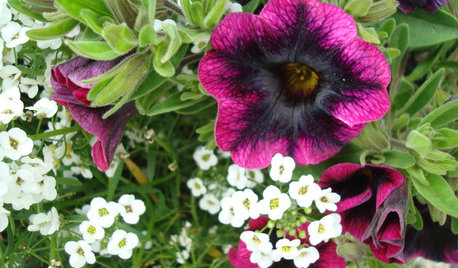
GARDENING GUIDESSoutheast Gardener: What to Do in July
Time to claim your prize: a bounty of fruits, veggies and flowers, but don’t forget to keep an eye on weeds, pests and water
Full Story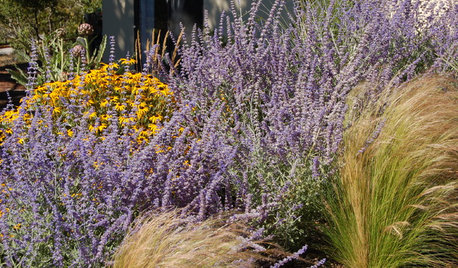
CALIFORNIA GARDENINGSouthern California Gardener's November Checklist
Sow wildflower seeds while ye may, give berries some love and pay attention to produce for garden veggies all winter long
Full Story0

GARDENING GUIDESSouthern California Gardener's September Checklist
Before prime planting time, clean out the old garden, prepare for the new, and dream up ideas for fall flowers and veggies
Full Story0
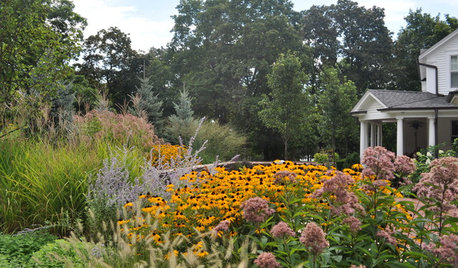
GARDENING GUIDESPacific Northwest Gardener: What to Do in September
Put in cool-weather veggies, fertilize your lawn and tidy the garden this month before chilly weather arrives
Full Story


Okiedawn OK Zone 7
lovetotweet
Related Discussions
New disappointed veggie gardener
Q
New to Gardening! Want a Fall Veggie Garden
Q
New Mexico shaded veggie garden
Q
New Home - 2nd Attempt at an Urban Garden
Q
Okiedawn OK Zone 7
lovetotweet
gardenerwannabe6Original Author
Okiedawn OK Zone 7
mulberryknob
gardenerwannabe6Original Author
Macmex
Okiedawn OK Zone 7
gardenerwannabe6Original Author
Okiedawn OK Zone 7
gardenerwannabe6Original Author
Okiedawn OK Zone 7
trubbadubbadoo
okfella
gamebird
okfella
rookiegardener29
Okiedawn OK Zone 7
mjandkids